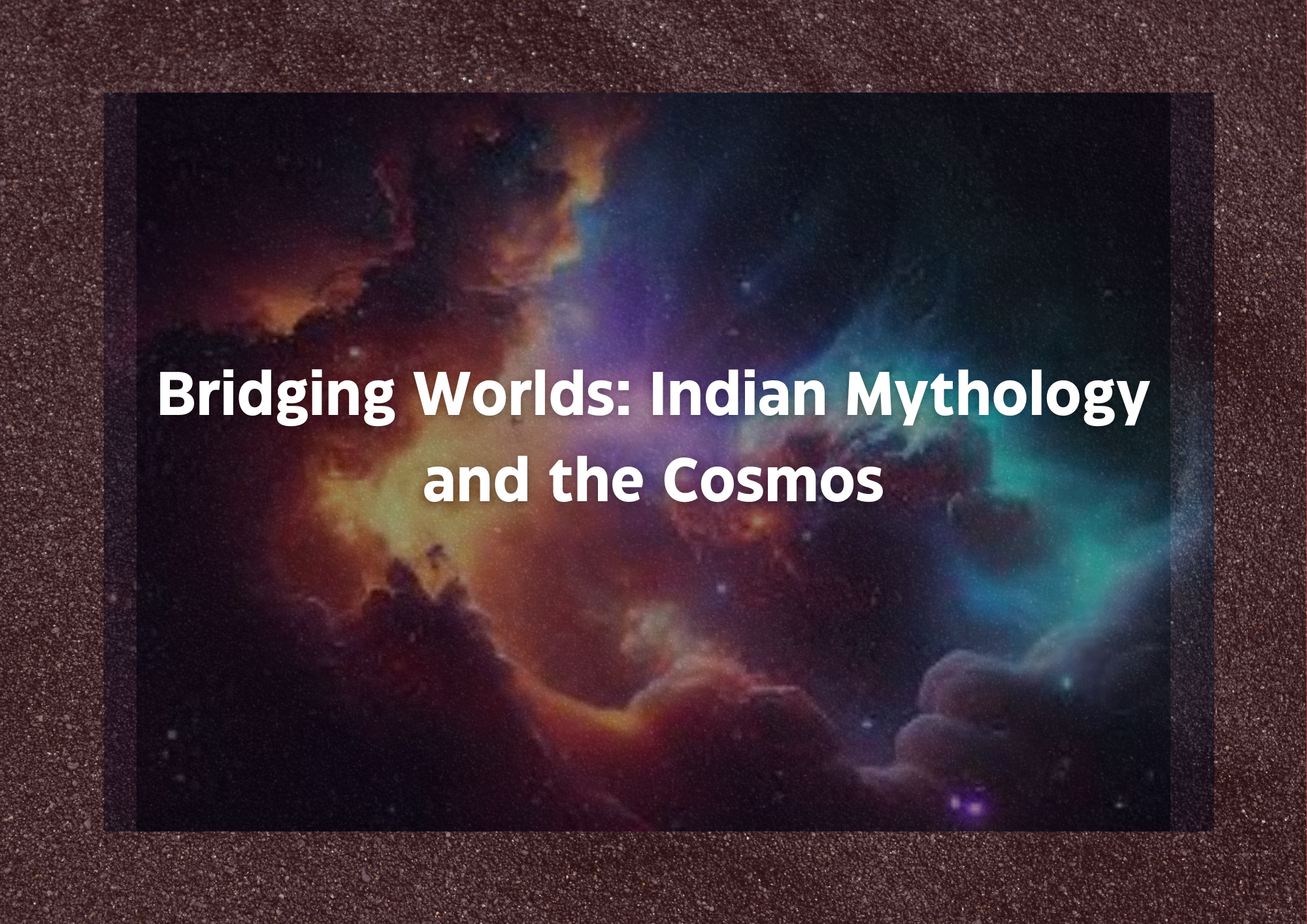
Human beings are natural astronomers. Ever since they learned to walk upright, they have gazed at the sky with wonder. Though the sky itself has remained unchanged, its significance has evolved over time. Indian Astronomy, known as “Jyotish Shastra,” boasts a rich history spanning millennia. It has played a significant role in Indian civilization. In fact, it is one of the few knowledge bases from which humanity began to reference celestial objects like the sun and moon to track time. One of the earliest recorded references to the study of stars in India can be found in the ‘Rigveda,’ a collection of hymns dating back to around 2000 B.C. These records indicate that the people of this civilization had a basic understanding of astronomy and could observe the movements of stars and planets.
Indian astronomy, known as “Jyotish Shastra,” boasts a rich history dating back thousands of years. It played a pivotal role in shaping the Indian civilization, influencing everything from religious rituals to agricultural practices. The pioneering work of ancient astronomers, such as Yajnavalkya, who calculated the distances between celestial bodies, laid the foundation for a sophisticated understanding of the cosmos.
knowledge flow from the Vedic age :
Yajnavalkya, a revered Hindu Vedic sage mentioned in the Upanishads, is believed to have lived between the 9th and 8th centuries BC. He is credited as the author of the Shatapatha Brahmana, where he eloquently describes the interconnectedness of celestial bodies. In this seminal text, Yajnavalkya vividly illustrates how the sun binds together the earth, planets, and atmosphere, metaphorically threading them onto himself. Additionally, he conducted precise measurements of the distances between the Sun, Earth, and Moon, showcasing his advanced understanding of astronomy.
During Yajnavalkya’s time, numerous significant texts were written to elucidate the movements of celestial bodies, one of which is the Surya Siddhanta. This Sanskrit treatise, comprising fourteen chapters, serves as a cornerstone of Indian astronomy. It delineates rules for calculating the motions of planets and the moon relative to various constellations, offering insights into the orbits of astronomical bodies. Through meticulous observation and mathematical calculation, ancient Indian astronomers like Yajnavalkya laid the groundwork for our modern understanding of the cosmos.
Additionally, Yajnavalkya’s contributions extended beyond theoretical frameworks. He applied his astronomical knowledge practically, conducting measurements that enhanced humanity’s comprehension of the celestial sphere. His meticulous calculations paved the way for advancements in navigation, timekeeping, and agricultural practices, profoundly influencing the development of Indian civilization.
The cycle of time
The cycle of time is a fundamental concept that encompasses the age, birth, and death of the cosmos as a whole. A cosmic chronology, known as the yuga system, was constructed by expanding upon the human calendar. This system generalized the eternity of planetary orbits, establishing an oscillating universe without a definitive beginning or end. In the Vedas, it is described that each time cycle consists of three states: sṛṣṭi (Creation), sthiti (Preservation), and laya (Dissolution). The cycle begins with creation, continues for a period, and eventually dissolves. Time was a crucial factor in Vedic rituals, with each ritual being performed at specific times believed to yield the desired effects. Astronomy has been integral to life since Vedic times.
The earliest reference to time can be found in the Ṛigveda, where a “wheel of the year” is mentioned, consisting of 12 spokes and 3 hubs. The 12 spokes represent the 12 months of a year, while the 3 hubs correspond to the 3 seasons. Additionally, another reference describes a wheel of the year with 360 spokes, symbolizing the 360 days of a luni-solar year. The science of measuring time is known as Horology, and those who specialize in it are called Horologists. Indians used the Pañcāṅga calendar for measuring time and determining the appropriate timing for rituals.
Conclusion:
In conclusion, our exploration of Indian astronomy unveils a treasure trove of ancient wisdom that has left an indelible mark on human civilization. From the dawn of history to the present day, the insights provided by astronomers like Yajnavalkya have paved the way for our understanding of the cosmos. The concept of time, as elucidated in the Vedas, offers profound insights into the cyclical nature of existence, serving as a guiding light for humanity’s journey through the ages. As we continue to gaze at the stars, let us cherish and celebrate the timeless knowledge that enriches our understanding of the universe and our place within it.
I’m participating in #BlogchatterA2Z
https://www.theblogchatter.com

No responses yet